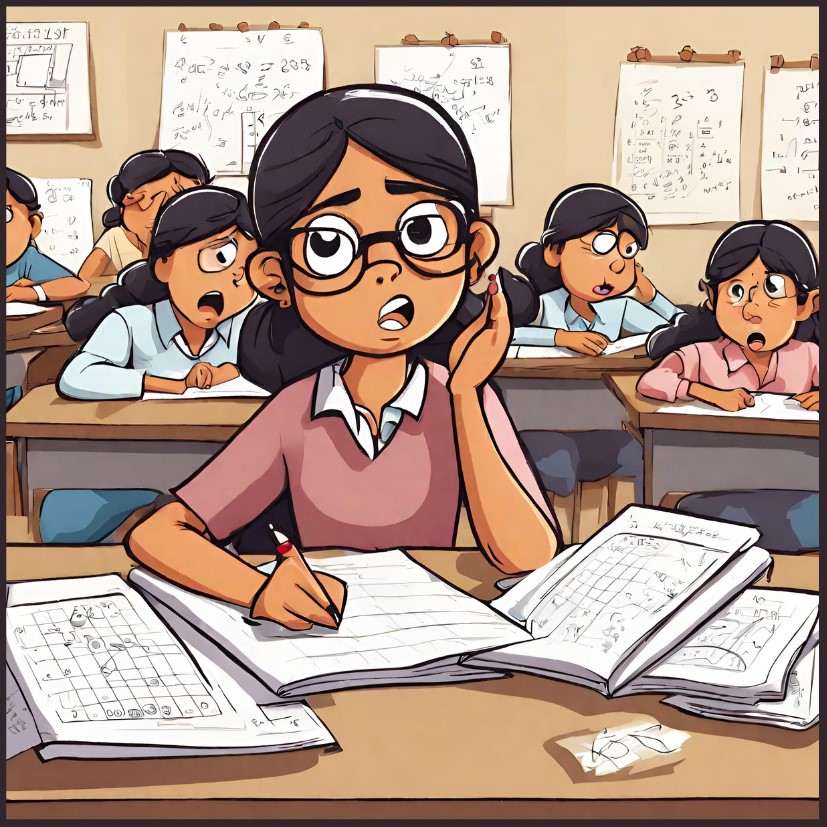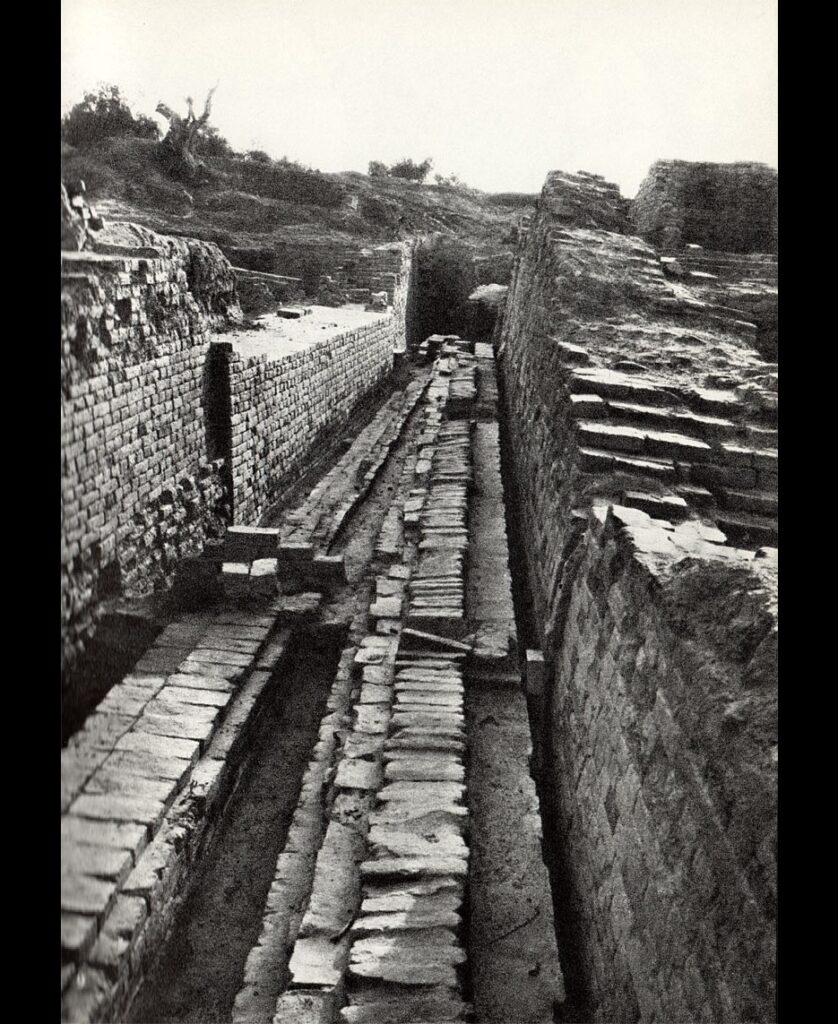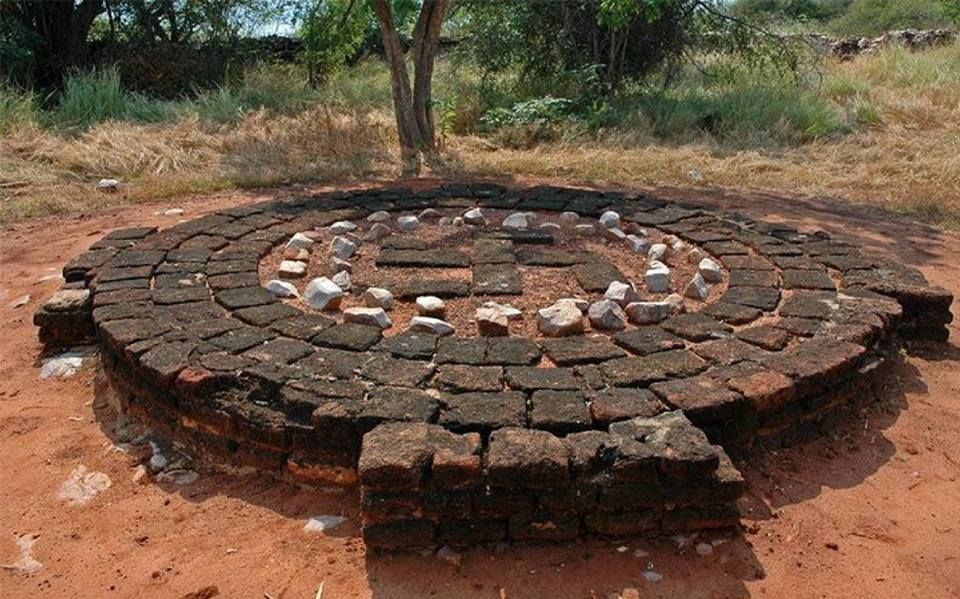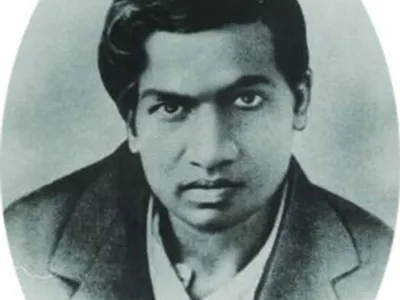MATHEMATICS – THE LANGUAGE OF THE UNIVERSE
One of the things that I hated the most about my primary school days was studying Mathematics as a subject. I hated everything about Mathematics – class, lessons, teachers, homework, tests. The hatred was so intense that I even abhorred my classmates who were attentive in the Mathematics class. Sitting disinterested in the Mathematics period, I preferred to doodle on the last few pages of my notebook.
It was a struggle when I had to decide which mathematical operation to be applied in a given word problem and my agony used to amplify when a combination of mathematical operations had to be applied in a single word problem. The concept and relevance of HCF and LCM, fractions and decimals, ratio and unitary method, trigonometry, and mensuration were daunting for me to comprehend at that point in time.

Gradually I realised that I was not the only one groping in the dark but there were other students too who abhorred the subject to the core. None of us felt that the concepts of mathematics were relevant in our day-to-day lives and there were better subjects to study. We all used to huddle together envying the students in the class who scored the perfect 100 and were teachers’ pets while we were labeled as the pest. Day by day, Mathematics was becoming the most dreaded subject for me and I did not know the way to escape the clutches of this invisible monster.
Fortuitously, there was a change in scenario. We had a new Mathematics teacher whose teaching style was very interesting and made it a fun subject. Within no time, the tide turned and I developed an affinity towards my “most hated subject”. Surprisingly, my perspective about it completely changed. I realized that with a little patience, a positive attitude, care, logic, and clarity of concept one can easily sail through the subject. The passion I developed for Mathematics in the later part of my school life helped me maneuver through higher Mathematics in college and the passion for the subject still continues.
Contrary to my childhood belief, Mathematics is an exciting subject. It is present in our daily lives without us realizing its existence. It plays a pivotal role – from counting to managing personal finances to understanding data and making informed decisions. Mathematics is the foundation of all the fields like medicine, commerce, social sciences, engineering, and architecture. Most of these fields rely on mathematical principles to develop theories, and models, and analyze data.
The process of solving mathematical problems helps us to develop logical reasoning and problem-solving abilities, which are valuable in many areas of life. Whether we like or dislike it, we have to encounter Mathematics in our daily routine. Therefore, it is better to accept and embrace it. Mathematics is an indispensable tool for the progress of human civilization.
Humans have been using mathematical concepts for thousands of years and the development of mathematical knowledge has been an ongoing process throughout human history. It developed simultaneously in multiple civilizations and cultures around the world following a similar pattern sooner or later. It is worthwhile to elucidate here that people of the Indian subcontinent made pioneering contributions to the study of arithmetic, algebra, geometry, and trigonometry much ahead of other civilizations.
Some unique ways in which Mathematics was used and developed in the bygone era on the Indian subcontinent are highlighted below:
- The earliest evidence of the use of basic Mathematics is found in the ruins of the Indus Valley Civilization some 4,500 years ago. The well-planned cities and towns with proper drainage systems, dockyards, granaries, warehouses, brick platforms, the Great Bath, and roads crossing at right angles are a testimony of their advanced levels of geometry and arithmetic knowledge. Their brick-making technology was of advanced level and the size of bricks was in the proportion 4:2:1. The bricks used for the construction of wells were of trapezium shape – this was to ensure that the masonry work of wells was of high strength. Several scales for measurement of length and weights have also been excavated. It is surprising the way they maintained uniformity and consistency in weights and measures.

- Indus Valley people were well-versed in the geometric patterns. The patterns on the pottery excavated at these sites show that the artisans were very well acquainted with the concept of circles. The most popular design on the pots was the series of intersecting circles. This pattern is not observed in the wares of any other contemporary civilizations.
- During the Vedic period, people strongly believed in the ritual of sacrificing animals at the fire altars or vedi to appease Gods and lead a good materialistic life. For the sacrifice to be successful, conformance to precise measurements, and shape of the fire altar, timing of the sacrifice were important. Accuracy in conducting the sacrifices was of utmost importance to please the Gods and Mathematics was the key to it. Theological requirement gave rise to Mathematics and particularly geometry was studied to solve problems necessary for their religious rites. They used Euclidean Geometry, Pythagoras Theorem, calculated the value of π, etc. for designing the fire altars much before the birth of Euclid, Pythagoras, and Archimedes respectively.

- The Buddhists and Jains had developed a fascination for large numbers. The Buddhist literature, Lalitavistara (300 AD) mentions numbers up to 1053 and the Jains had devised a measure of time called shirsa prahelika which consists of 194 digits. No other contemporary civilization had a way of expressing such large numbers. Greeks had no terminology for numbers above myriad (104 ) and Romans beyond mille (103).
- The contribution of many Indian mathematicians and astronomers like Aryabhata, Varahamihira, Brahmagupta, Bhaskar 1, Bhaskaracharya, etc has been the basis of modern mathematics. The number “Zero” was born in India in around 600AD which gave birth to the Indian Number System with ten as a base for the system. Every digit was given its value with respect to its place in the number. It helped in expressing large numbers effortlessly and succinctly in minimum space and using a lesser number of symbols. Brahmagupta is considered to be the Father of Zero. His notable definition of the concept of zero has had an enormous impact on civilization.
Our love for Mathematics has grown multi-fold over centuries and in India, we observe December 22 every year as National Mathematics Day. This day commemorates the birth anniversary of Srinivas Ramanujan, the Mathematics genius of the last century who brought India to the forefront. Before he died at the early age of 32 in 1920, he had already given around 3,500 mathematical formulae to the world which scientists are still struggling to prove. By observing National Mathematics Day, we hope to create awareness among people regarding the importance of Mathematics in our lives.

(Image Source: Oberwolfach Photo Collection)
Contemporary Mathematician, Shakuntala Devi attained the fame of “Human Computer”. She was an expert in highly complex mental arithmetic and could outperform the fastest computers of her time. Unfortunately, not too many women Mathematicians from India have come into the limelight. Subjects like Mathematics and Physical Sciences were stereotyped as male domains all over the world which discouraged girls from pursuing these fields. In the last 50 years, efforts have been made to bring about a change in social perception, and more girls and women are encouraged to study STEM (Science, Technology, Engineering, and Mathematics) subjects. The teaching methodology and the class environment have been improved to include more women studying the subject. Efforts should be made to highlight and promote the achievements of women mathematicians so that other women have role models.
Mathematics awareness campaigns should be designed by various agencies which would create a positive learning environment that promotes love for Mathematics and enhances mathematical literacy.

-Nivedita Chitnis is an Indian writer, co-author, and HR professional. She enjoys reading, cycling, and culinary experiments, passionate about social issues.









